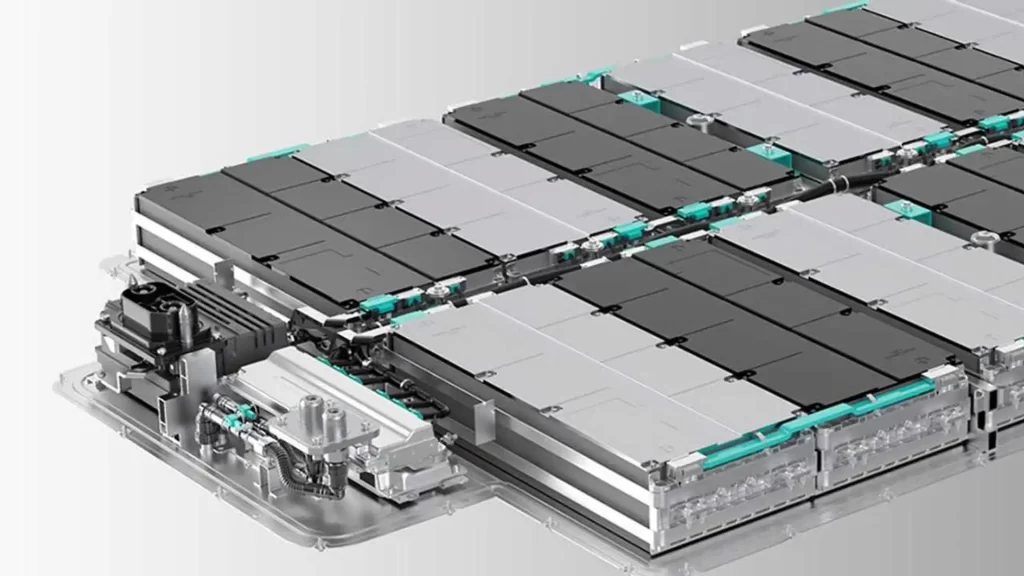
One of EV owners’ biggest fears is replacing the battery at a cost of $20,000 or more. Although the battery is the single most expensive component in the vehicle, a recent study suggests that this shouldn’t really be a concern if your EV was built after 2015.
Recurrent Auto has looked at over 20,000 EVs and found that, on average, just 2.5% of vehicles had their batteries replaced. This is highly dependent on the year of manufacturing, and, unsurprisingly, the older the EV, the more likely it is to need a new battery. An older Recurrent study said 1.5% of EVs had their batteries replaced.
The new study found that battery replacement rates for EVs built before 2015 are as high as 13%, but for vehicles from 2016 or newer, they drop to 1% or less. The oldest EVs included in the study were from 2011, and about one in three needed a new battery, but this was due to several factors, not just their age.
It is linked to the age of the battery packs. Still, the use of older chemistries and their thermal management systems is not as good as that of modern electric cars. Some older EVs have air-cooled batteries with no thermal management and suffer even more degradation. Batteries in newer EVs not only have improved chemistries that help them last longer and take frequent fast charging better, but their thermal management systems are considerably more effective and they are better at staving off accelerated battery degradation.
Recurrent also found that battery packs grew by 122% between 2015 and 2022, which means newer EVs have more battery capacity to begin with (and to lose), so even if they lose some capacity over time, their battery packs will last longer before needing to be replaced. This trend is also expected to continue, although the increase in battery capacity will be slower since most new EVs already have enough to make range anxiety a thing of the past.
Thermal management systems and battery chemistry will continue to evolve and bring incremental improvements. There may also be breakthroughs in battery technology that bring significant leaps, like the highly anticipated solid-state batteries that several manufacturers, automotive suppliers and specialized battery companies are working on.
























